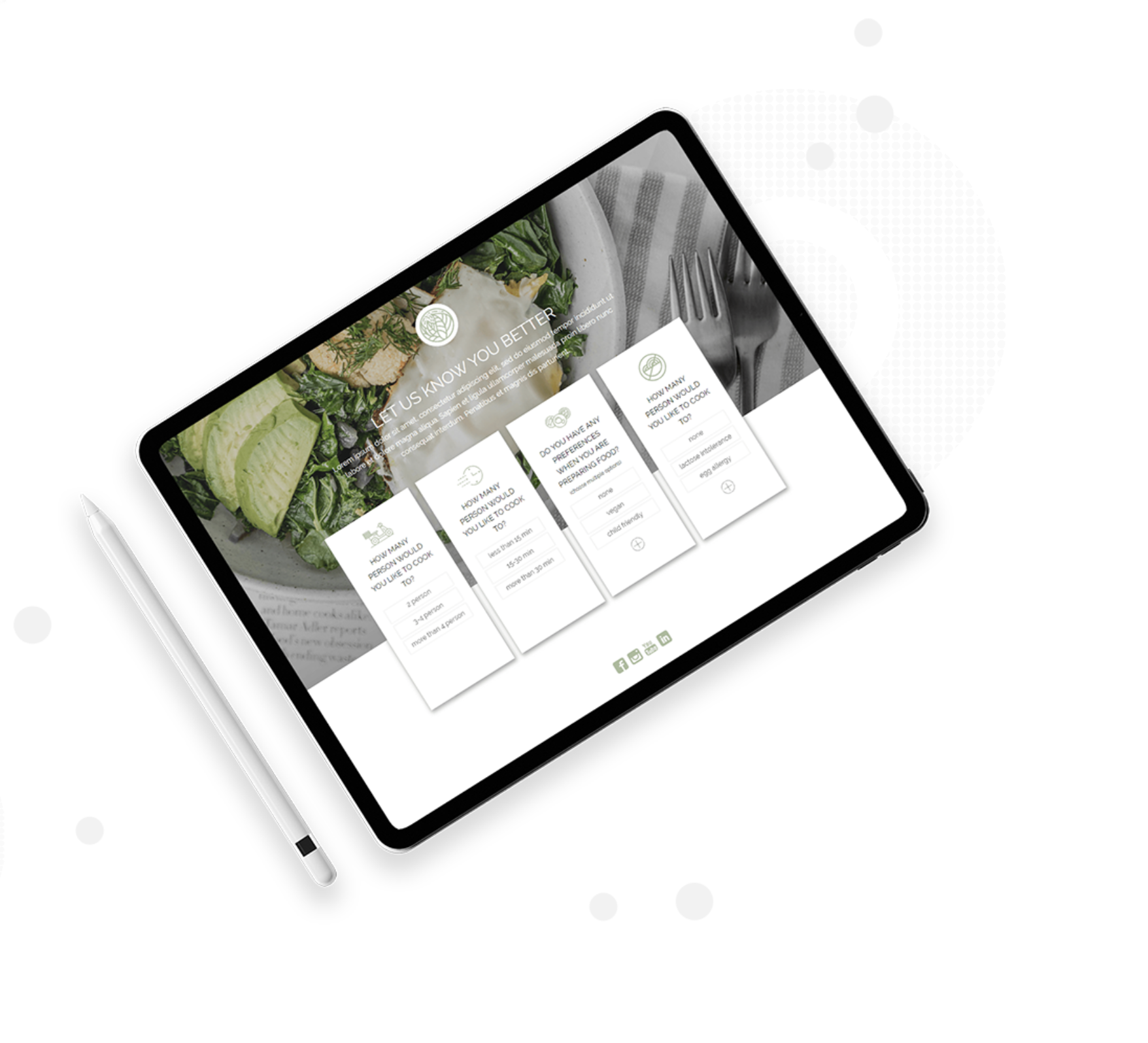I often find that when you work with a single business stakeholder things can be clean, neat, well thought out and align with the main goals. If everything isn’t dialed in, it is usually pretty easy to get the conversation on track and get things focused. The Challenge happens when you have a room full of business stakeholders. You’ll find that things aren’t always so clean because the solution that works for one part of the business doesn’t always work for another. The more departments that get involved, the more your goals get diluted and the more flexible your solution will have to be. Now throw a global, direct to consumer business in the mix and you are almost always going to have to make exceptions and build the system to the lowest common denominator, or build completely different systems across the regions. In these instances, you need to make sure you clearly define the purpose of a project and the goals of that project before you embark so you can keep everyone focused and limit the amount of time spent spinning on the project. When you do get a chance to work with the stakeholders, make sure that every request that they make or every decision that they are going to make aligns back to the main objective of the project.

I had worked on a guided shopping tool for a brand that sells widgets. We had a great working relationship with the vendor of the guided shopping tool. They were going out of their way to accommodate our needs agreeing to all kinds of custom development and exceptions in the contract because they wanted to launch a large US based global brand. We worked with the business to identify how they wanted it to work and, although we were speaking to the customer using our internal categorizations, the system still made sense. We were able to associate products in groupings that made it a little easier for the customer to explore different styles of widgets. We worked through all of the development and launched a test environment so everyone could see the system work. As more and more business stakeholders saw the system, I started to get more and more feedback that it wasn’t quite right so we went back to redefine the experience. The business stakeholders started to want the guided shopping experience to go from a system that would help new customers understand our product offering and find a style that they identified with, into a system that would allow the customer to browse every widget we offered, all 2,500 SKUs in one experience. I started to explain that a guided shopping tool wasn’t intended to do that. Guided shopping was intended to allow customers to align our product offering to their style preference through different experiences depending on the customer’s mind set. Our product team manufactured products based off of categories by widget function. If all our customers shopped for widgets based off of these categories, everything would be fine, but most of our customers bought widgets based off of fashion and style as opposed to function. The eComm team was trying to make our customers understand these groupings. Additionally, the widgets were all set up as mutually exclusive to these groups but customers didn’t look at them that way. Just because a widget has technologies in it that make it ideal for playing sports doesn’t mean that a couch potato wouldn’t want that widget because they like the way it looked on them when they jump in the truck to go pick up some burgers from the drive-through. There should be a differentiation between the categories that product teams build products to and the categories by which marketing sells the products. On top of this, business wanted customers to be able to navigate through the experience by color which is not a sound strategy. If the customer wants to browse a widget’s category, color, or any of the other filterable attributes that the widget is already categorized by in the online store they can just navigate through the online store filters.
Instead, what the eComm team needed to do was divide the product offering into profiles that they create based off of market research of the customers that were buying those widgets. If there are widgets that fall into multiple categories because different segments liked them then those widgets should live in both categories. These categorizations should be based on segments that those customers would relate to. As an example, if you pick cities or music genres or socio-economic labels that people can relate to and then put the widgets that fit that demographic into those categories your guided shopping experience would be doing what it was built for. So if your market research found that your customers associate themselves to being urban, suburban, country, small town, beach city, tropical beach…then you could categorize your product based off of how customers, who were new to your products pictured themselves. Or if your product markets more closely aligned with Rock, Country, Indie, Pop, Hip Hop, Classical…You could create groupings around those so when a user goes into the classical category it would list all of the widgets that our demographic research showed were purchased by the profile who listens to classical music.
Project managers should always challenge the business stakeholders to make sure that the right tools, strategies and projects are being implemented with the right goals and KPIs in mind. It is the project manager’s job to understand the tools and the objectives and key results that the business is looking to achieve to make sure they align. PMs need to guide the business to get the best implementation possible from the technologies available otherwise you end up with a product that doesn’t meet the initial request. You should constantly be asking yourself “Why did we do this project in the first place and does it still meet the objectives?”
